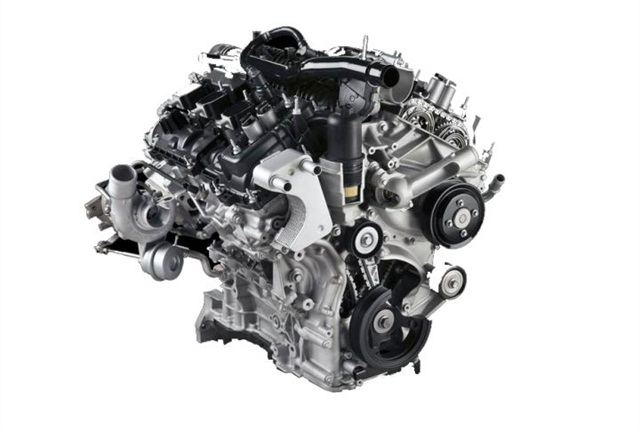P2672 Engine Error Code
When you check engine light came on code P2672 the reason should be . However your vehicle's manufacturer may have a different definition for the P2672 OBD-II Diagnostic Powertrain (P) Trouble Code. So you should chech it on your car models.
P2672 Code Symptoms

|
P2672 OBD2 reports a sensor fault, replacement of the sensor is unlikely to resolve the underlying problem. The fault is most likely to be caused by the systems that the sensor is monitoring, but might even be caused by the wiring to the sensor itself. |
Brake Switch Out of Self-Test Range Indicates that during Key On Engine Off (KOEO) Self-Test, BPP signal was high. Or during Key On Engine Running (KOER) Self -Test, the BPP signal did not cycle high and low. Open or short in (BPP) circuit Open or short in stoplamp circuits Damaged PCM Malfunction in module(s) connected to BPP circuit (Rear Electronic Module [REM] Windstar and LS6/LS8 and Lighting Control Module (LCM) Continental and Town Car) Damaged Brake Switch Misadjusted Brake Switch Check for proper function of stoplamps. Follow correct Self-Test procedures, refer to Section 2, Quick Test.
P2672 OBD-II Diagnostic Powertrain (P) Trouble Code DescriptionP2672 Injection Pump Timing Offset so you have to check ODB-II Engine Error Code list.P2672 Code Review :The reason of P2672 OBD-II Engine Error Code is P2672 Injection Pump Timing Offset. |
P2672 Code Dictionary Meaning:

|
-
2 - MFG - Manufacturer Specific 6 - Vehicle Speed Control And Idle Control System 7 - Exhaust Gas Recirculation System Valve 1 2 - Kick-Down Switch Failed Short |
How long can you drive with a P2672 code ?
If your vehicle is displaying a P2672 OBD2 error code but is still running and driving normally, it means that the issue might not be immediately critical or causing immediate harm to the vehicle. However, it's important to address the issue as soon as possible for several reasons:
- Potential for Worsening
- Decreased Fuel Efficiency
- Emissions Testing Compliance
- Risk of Further Damage
- Safety Concerns
- Legal Considerations

